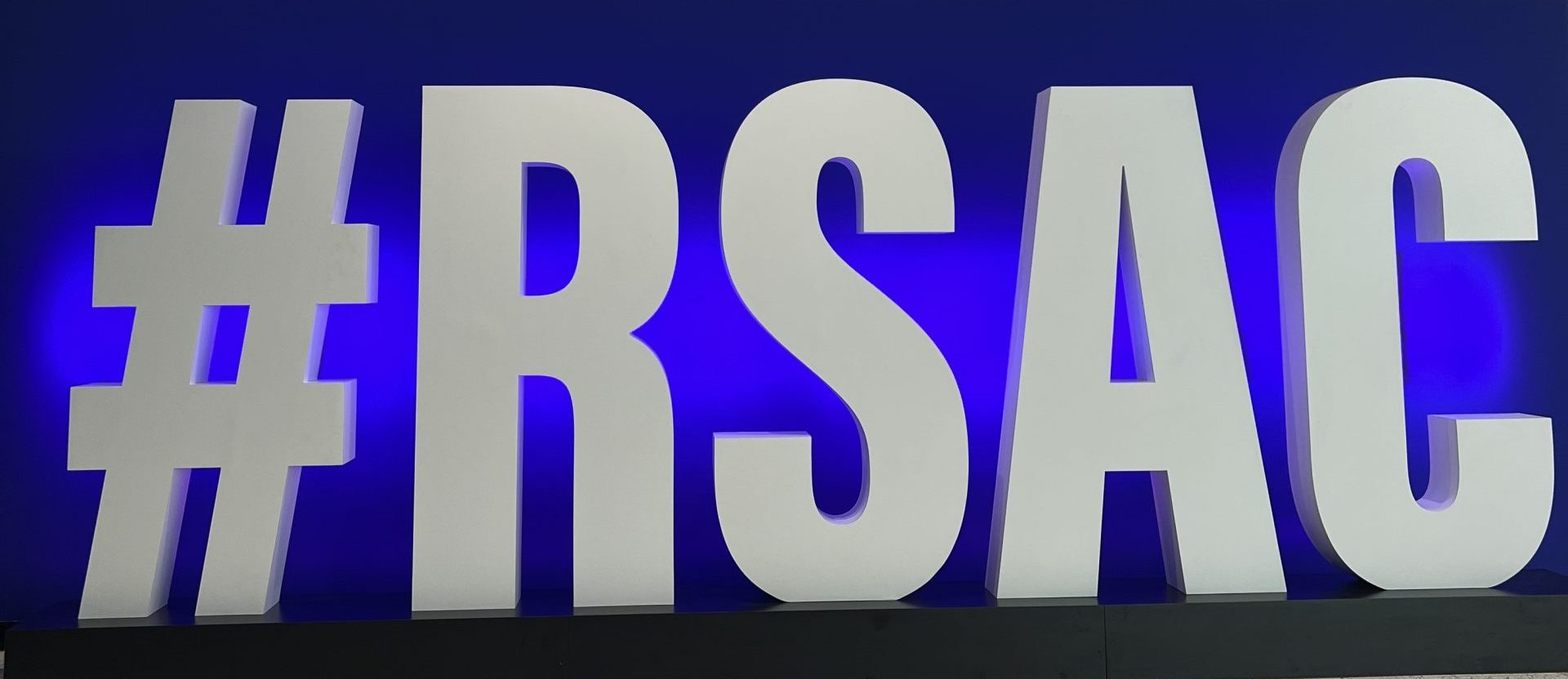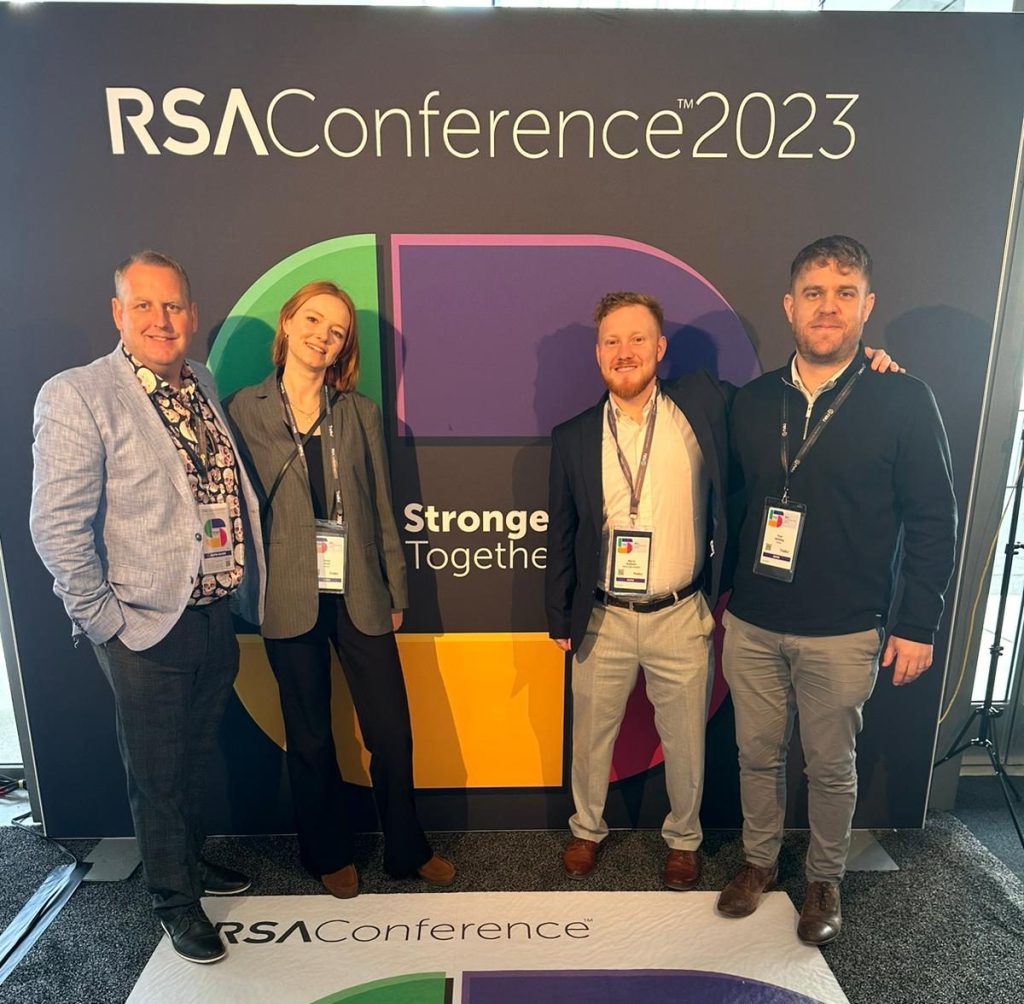At neuco we’re at the forefront of recruitment for the connectivity industry. On Episode 10 of The Connectivity Matters Podcast we spoke to Virtyt Koshi, the SVP and General Manager for EMEA at Mavenir, about the struggles of attracting talent to the telecom industry. Read on to hear his insights on talent attraction in the sector.
Why do you think talent isn’t being attracted to the industry at the moment?
We really have to look at what’s motivating them and what they are excited about. What new areas are 18-25 years olds excited to join? We have not seen much happen in the telco industry for the last 10 years. However, there is an opportunity to establish something new. There is still capital around, there is still innovation happening and we’re seeing young people establishing their own businesses as a result. That’s very encouraging, because you see a lot of entrepreneurial skills and ideas coming from that.
The telco sector itself is really guilty of not approaching top students in the market or driving the conversation and it becomes a vicious circle. If you don’t drive attraction top down then the results would be mediocre. I’m a strong believer that top down will always bring good results. There’s also a bit of a stigma with a legacy perception in the industry.

What can be done to attract more talent to the telco industry?
Create a talent development function in the business. That function is absolutely critical for any success going forward. The HR function has had a stigma against it for years, but it is a critical role in any organisation, especially when it comes to the talent development and talent acquisition process. Having HR colleagues who really understand the vision we’re trying to achieve can help us understand how to go about it. If your people function is well organised and highly performing, everything else becomes easier. Talent Acquisition and talent development are absolutely critical for the performance and sustainability of the businesses going forward.
How important is retention to talent attraction?
Talent has to enjoy what they’re doing and be compensated adequately for the difference that they are making to the team. In the same way, people are ambitious, and that ambition drives the team’s performance as well. They need to know what’s next, whether that’s within the company or outside the company. The company needs to foster happiness amongst their employees and make space for personal development. Your talent should know that by staying with the organisation they’ll have an opportunity to develop and reach the next level, otherwise they’ll look elsewhere. Happy people will stay in your company and make room for more junior hires, increasing positive attraction.
To learn more about talent strategies in the connectivity industry, tune into Episode 10 of The Connectivity Matters Podcast.
We sit down regularly with some of the biggest names in our industry, we dedicate our podcast to the stories of leaders in the technologies industries that bring us closer together. Follow the link here to see some of our latest episodes and don’t forget to subscribe.




